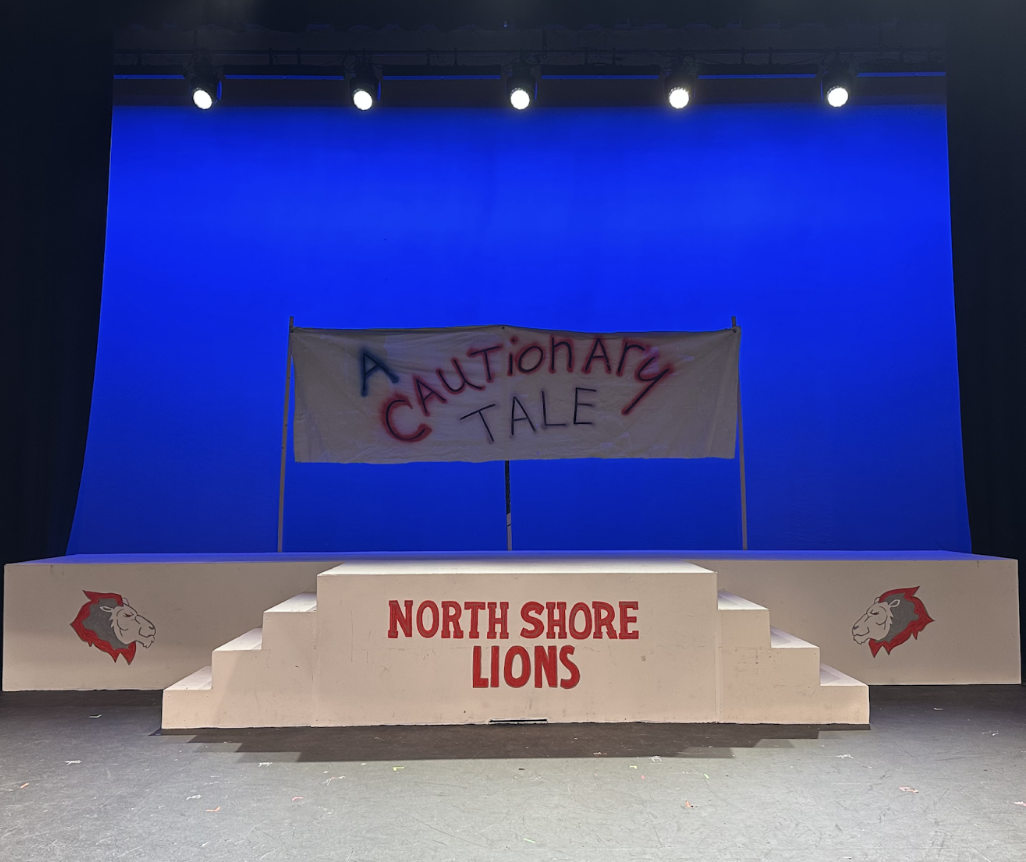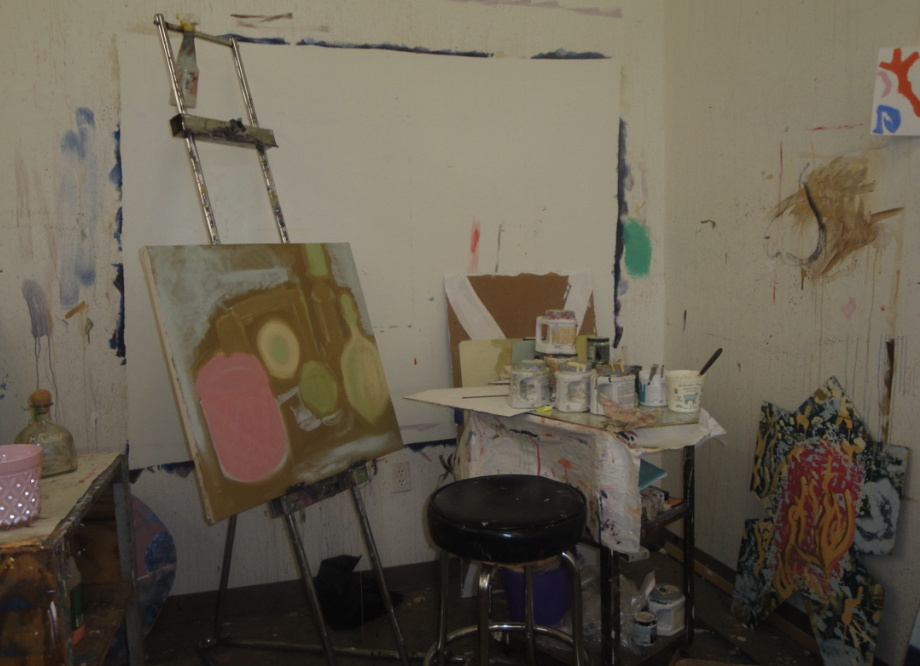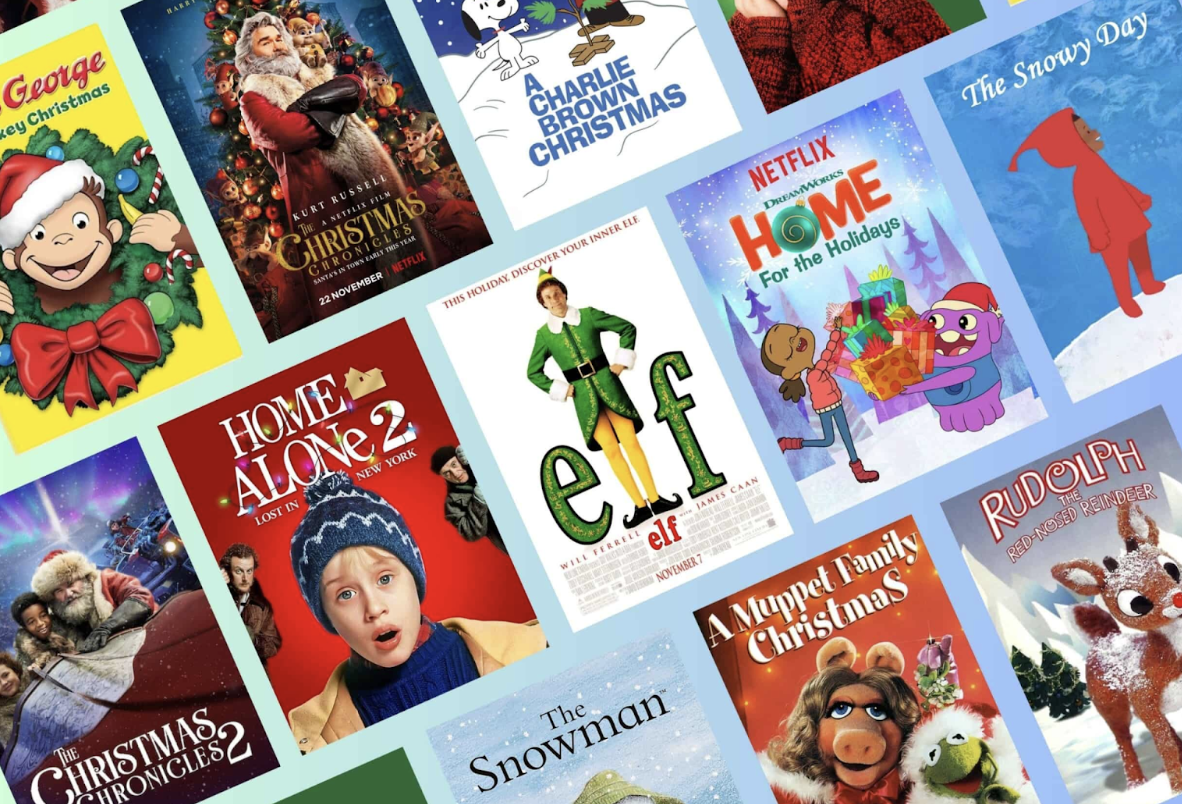The Atlanta Beltline is a path for walking and biking with restaurants, shops, and most importantly art alongside it. The Beltline’s art includes thrilling performances, 3D-sculptures, vibrant murals, and photography exhibitions. These pieces are constantly circulated as the Beltline serves as a temporary art exhibit always trying to include more voices to represent every Atlantan.
As the Atlanta Beltline art page describes, the “Atlanta Beltline Art celebrates the voices, experiences, and values of all Atlantans through the work of hundreds of visual artists, performers, and musicians along the corridor.” This is seen to be true as there is so much art filling the Beltline through artists creating different mediums of art. The community of artists staging exhibitions represent a range of cultures and backgrounds, and with the Beltline expanding, the diversity continues to grow. Upper School art teacher Michael Reese especially agrees with this description as some of his work has been featured along the Beltline before.
Reese enjoyed the time his artwork was on the Beltline, especially since he recognized the cultural experience of going to see artwork. While some people have the opportunity to consistently view art displays to enrich their lives, Reese understands that not everyone has access to galleries or more traditional spaces to enjoy art. Because of this understanding, it became important for Reese to seek out public areas, like the Beltline, to display his artwork.
“When art is in the public space it kind of widens your sample size, it widens your voice and your audience for people to see it in places that they didn’t expect they would, outside of the museum or the more traditional spaces like galleries,” said Reese.
One of Reese’s pieces, titled Inches Above Earth, was a whimsical and playful interpretation of space using toy airplanes.
Reese’s favorite art piece currently on the Beltline is a colorful plexiglass house that changes colors, which is a sculptural project on the East side trail.
“It’s uniquely different, it’s unexpected, and it’s deeply imaginative,” said Reese. “You know, being an artist and then you see art that like moves you, it’s almost like ‘man I wish I thought of that.’”
The tunnels around the Beltline also stand out as unique artwork, specifically the one on Krog Street. The colorful graffiti draws in passerbys’ attention and makes the tunnel stand out from the rest of the artwork along the Beltline.
“I really like that one because like there’s a lot of different styles, a lot of different representations, and it was just a ton of different art,” said sophomore Khalil Niare.
For frequent visitors, it is also refreshing to see that the tunnel’s graffiti changes, so that every visit feels like a new thrilling experience.
Art teacher Jen Marie Wentzel shared that her favorite Beltline artworks are the murals near Krog street’s tunnel.
“Those murals are huge and they stay for enough time to get to know them, but then you also notice that ‘oh that one changed’, you know, like oh that one’s a new mural,” said Wentzel. “So that is always exciting.”
In addition to the tangible art installation, musical artists also perform along the Beltline, adding another dimension to the art scene. The live music resembles a mini-concert, allowing for a unique energy to exchange between the audience and the artist.
“It’s just more lively, makes it a little bit more fun,” said sophomore Ann Davis.
The Beltline also hosts many parades, including Little Amal and the annual Lantern Parade. The Lantern Parade allows anyone with a lantern to join, while others can still enjoy the parade by watching it. These events, especially the Lantern Parade, allow for the community to interact with the parade.
“It deals with sculpture and light…you have kind of professional lantern-builders and then you have little kids building lanterns and everything in between,” said Wentzel.
The parades also help build the community, like most art along the Beltline; however; there have also been certain instances where art was not thoughtfully exhibited in the Beltline.
“The powers that be on the Beltline have put art in a community that the Beltline runs through and the art wasn’t really reflective to the community it was running to and it caused some backlash,” said Reese. “[It is] important for the administrators in charge to really be sensitive that the Beltline is running through these communities and so the community’s voice should be present in what is selected.”
In general, the Beltline’s art has created an overwhelmingly positive impact on the community, drawing it closer together and establishing an uplifting public space to view art and enjoy nature.
“It just brightens your life a little bit,” said Wentzel.
Edited by Lauren Foglesong




